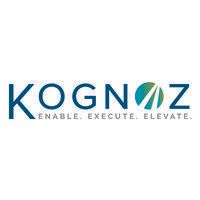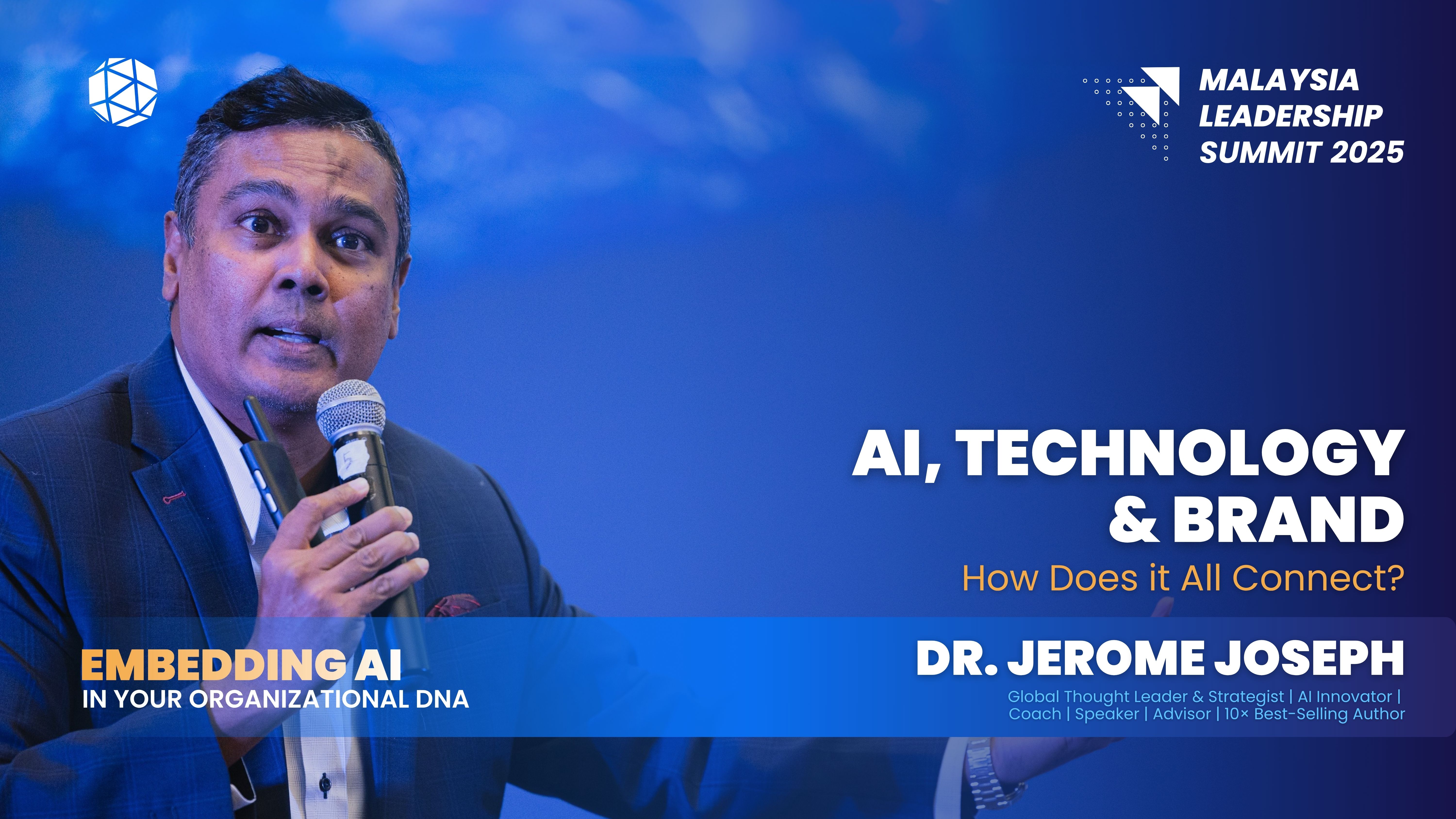The Dawn of Hyper-Learning

The pandemic has set us apart but will go a long way in bringing us together cognitively. This marks an acceleration for the era of asynchronous and social learning. For the better, a few things will need to change permanently, one bing our learning infrastructure and the way we educate ourselves.
While social learning has been around (Bandura, 1986) since 1963, the power of observational learning is yet to be fully utilised by both the pedagogical and andragogical experts. Most learning professionals, teachers and ‘gatekeepers’ of knowledge think of the human mind as a constant dumping ground for their ideas and ‘teachings’. For a long time, education has been limited to this kind of brain-training. Focused on operant conditioning, teaching machines (Skinner, 1938) and a whole host of brain programming, further aided by a serial Montessori system of education, has all but reduced a few human generations into highly educated yet ‘learning-challenged’ professionals.
People do not need lectures, they need skills.
If this is to ever change, now is the best time. We may well investigate the learning systems of the past from both the Oriental as well as Aristotelian eras, where learning and growing occurred simultaneously, bringing people closer to nature, and making observation a critical input to learning.
Although ironic, our digital infrastructure may end up bringing people a lot closer to each other, and with nature. How will that happen?
As people recede from artificial air-conditioned workplaces and spend more time reflecting (in an individual setting or home work conditions), as well as mingling more with society around them (akin to a rural ecosystem), there may be opportunities for more observational behavior compared to the politics and competition of a corporate setup. And hyper-learning is more about reflection than teaching.
A 300 Bn USD corporate learning industry powered by such giants as Microsoft, Google and a host of other e-learning and learning experience players have brought together plenty of learning opportunities that no longer require a conventional classroom. If, however, there remains a missing element, it is that most e-learning is merely a conversion of existing courses into an e-learning flow.
This is one reason why such solutions find little adoption from corporate learners. A college student goes through their learning content not to learn, but to secure grades that can land them a better job. The e-learning industry has largely copied the worst (or best?) practices of their predecessor: the grand classroom. Sometimes they even rebrand themselves as ‘MOOC’s’ or ‘open-learning platforms’ that are equally unappealing. In his book, How People Learn, Nick Shackleton-Jones (Shackleton-Jones, 2019) carried out a detailed analysis of this phenomenon and how it is failing the learning industry.
But this can change fast, and who is changing it? Whether from the ranks of school-goers, college students or corporate nine-to-fivers, we are seeing a revolution in learning from the learners themselves.
Much like how Einstein penned his Theory of Relativity from a cranky government office, the greatest of uprisings do not come from corporate or educational institutions, but from those outside it. That is what is happening to the learning industry today. It is moving away from the shackles of education and typified serial learning. And what is it transitioning into, exactly?
People do not need lectures, they need skills. They need skills to find a better job, to enjoy better social status, or to pursue their interests based on their hierarchy of needs and cognitive social standing. A few smart organisations like Microsoft and LinkedIn understand this need and invest a great deal in providing their people with skills and free resources that help them become better at work (Bersin, 2020).
While we certainly can when we must, humans are not wired to learn serially.
How is hyper-learning going to change the game for the modern learner? It’s a little bit like herd immunity – it may be one of the single most important objectives for us as a global community today – to succeed against the virus and build antibodies that protect everyone. No one knows the mechanism behind herd immunity, but it happens and multiplies rapidly – faster than the virus itself – to protect lives. All this happens in quite an asynchronous manner. If our bodies and immune systems learn asynchronously, why not our minds?
Ultimately immune systems are also controlled by the brain (read, mind). This is highly suggestive of the idea that humans learn in an asynchronous and not a serial manner. While we certainly can when we must, humans are not wired to learn serially, instead having been ‘taught’ through operant conditioning methods to do so in the last 200 years or so. Consider the great Industrial Revolution conspiracy theory that this teaching method was adopted to robotise the workforce: repeat the same activity, every day, for your entire working life.
In his celebrated and highly criticised work The Morphic Resonance, Rupert Sheldrake talks about ‘the mental phenomenon’ that extends the mind as a field (not as an object), and that extends to connect with other fields asynchronously (Sheldrake, 1981). The morphic fields are asynchronous, and help people learn in ways that cannot be serially explained. Many high-reliability organisations use these methods of learning (Weick, 1995) and training that allow people to learn from the morphic fields, or through a method of attention, deviating from the regular five senses.
So, how do we tap into hyper-learning, both as learning facilitators and as actual learners? At the outset, it is about the learner, not the teacher. Learning is always a property of the learner, and the external entity, including nature and the teacher alike, may at best influence it. That being said, there are three important conditions to start a hyper-learning culture:
1. Focus on the Learner’s Need
The learner’s need is the first important condition. “You cannot teach a learner what they do not want to learn.”
To further add, this also is largely self-driven. The individual needs the learning at the time they need it, and in the manner, that will challenge them optimally to acquire it. The need and its self-driven nature are the single most important factor. It may happen either due to cognitive laziness (last minute learning for an urgent task) or even heightened awareness (viz. social distancing in pandemic times), but nevertheless is the reality. In a recent study, an overwhelming 80% people agreed that they would like to learn at the instance of their need.
This behavior is interesting, given the age-old belief that we should take students through a system of Montessori education for a quarter of their lives, including college degrees and school systems, when from the very beginning, we could have actually tapped into their needs and triggered them into learning in the direction of their needs. It is time that we shift the learning resources creation, in such a way, as to make it needs-driven instead of syllabus-driven.
The Heightened Emotions
The emotional (read: neuro-cognitive) state of individuals draws them to learning something new. Most of the time, mental rigidity is due to previous experiences that causes the mind to act in a certain way to external stimuli. However, this may be changed.
In a heightened emotional situation, people tend to drop previous learnings and learn new behaviours that are required for new realities. For example, following a diet program and leaving your staple eating habits to lose weight or due to certain illnesses. People learn when they are emotionally drawn to it. This is a cornerstone for learning professionals, as the learnings that you require your learners to take must emotionally appeal to them.
In fact, emotional skills will be much in demand, in addition to higher cognitive and technological skills, as we look forward to the future. This may sound quite counter-intuitive; digital transformation and the changes in industry underway today will redefine the range of human skills required.
Social Learning, Observation and Experience.
A hyper-learning system is built by bringing right resources to the learners at a high speed in the simplest format, and which help them with their real work tasks.
People learn from observation and first-hand experiences. They look at others, consciously or subconsciously to imitate behaviors. Social learning and observation are among our most ancient abilities, as learning quickly was key to survival. The more novel the experiences the better – research suggests that 90% of the people prefer learning on the job, and 83% through mentors or coaches.
Considering the host of technologies available today, these results are hardly surprising. This is the greatest indicator of the fact that we ‘learn by doing’. Learning is not just about cramming objects in the brain, but also the muscle memory that recalls the same when an application of the learning for a task is required.
High reliability organisations, detective agencies and even some of the learning industry have been aware of this fact for a long time. It’s just that the educators seem to ignore it. They continue to dump in content in one form or the other, which in reality no one ever consumes. So, one should stop indiscriminately creating content and listen to learners’ needs.
Reflecting on my own consulting work over the last year, we have seen technology transforming the workplace extremely rapidly. In fact, digital transformation is not only a differentiator, but by far the one most important factors for sustainability. Cloud and AI technologies are no more part of the board-room discussion but actual shop floor implementation.
In such a scenario, a right hyper-learning strategy is key to drive the hyper-learning engine as rapid unlearning and re-learning will be a requisite need of the future. A hyper-learning system is built by bringing right resources to the learners at a high speed in the simplest format, and which help them with their real work tasks.
In this instance, it is also important to know that learning is a social phenomenon. Communities are key to learning and therefore learning must be a social challenge, where people are willing to invest in learning. Collective intelligence and mind-fields help everyone in the commune learn faster and attain a required degree of expertise. Enabling collective intelligence is the strategy that organisations will need to draw from. It was no coincidence that in the search of wisdom, the monks took to commune (the “Sangha, in Pali, and Buddhist language). A community helps achieve two distinct objectives – for one, it keeps the constituents in flow by keeping them cognitively challenged and emotionally stable. Secondly, it brings the right resources through influencers, which is key to knowledge continuity in the community (Hess, 2018).
We are going to see an acceleration in the hyper-learning adoption and shedding of the existing educational and training methodologies. And the next stage of evolution in learning is going to be through learners, not by trainers or educationists.
Reposted with permission on Leaderonomics.com
Check out this great AI-powered hyper-learning tool below:
To learn more about necole and how you can leverage it for personalised hyper-learning, click here

Leadership
Tags: Emerging Leadership, Executing Leadership, HR, Research & Development, Science & Tech






